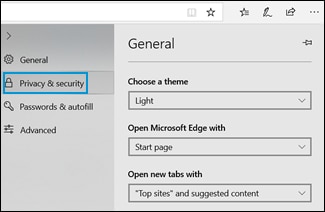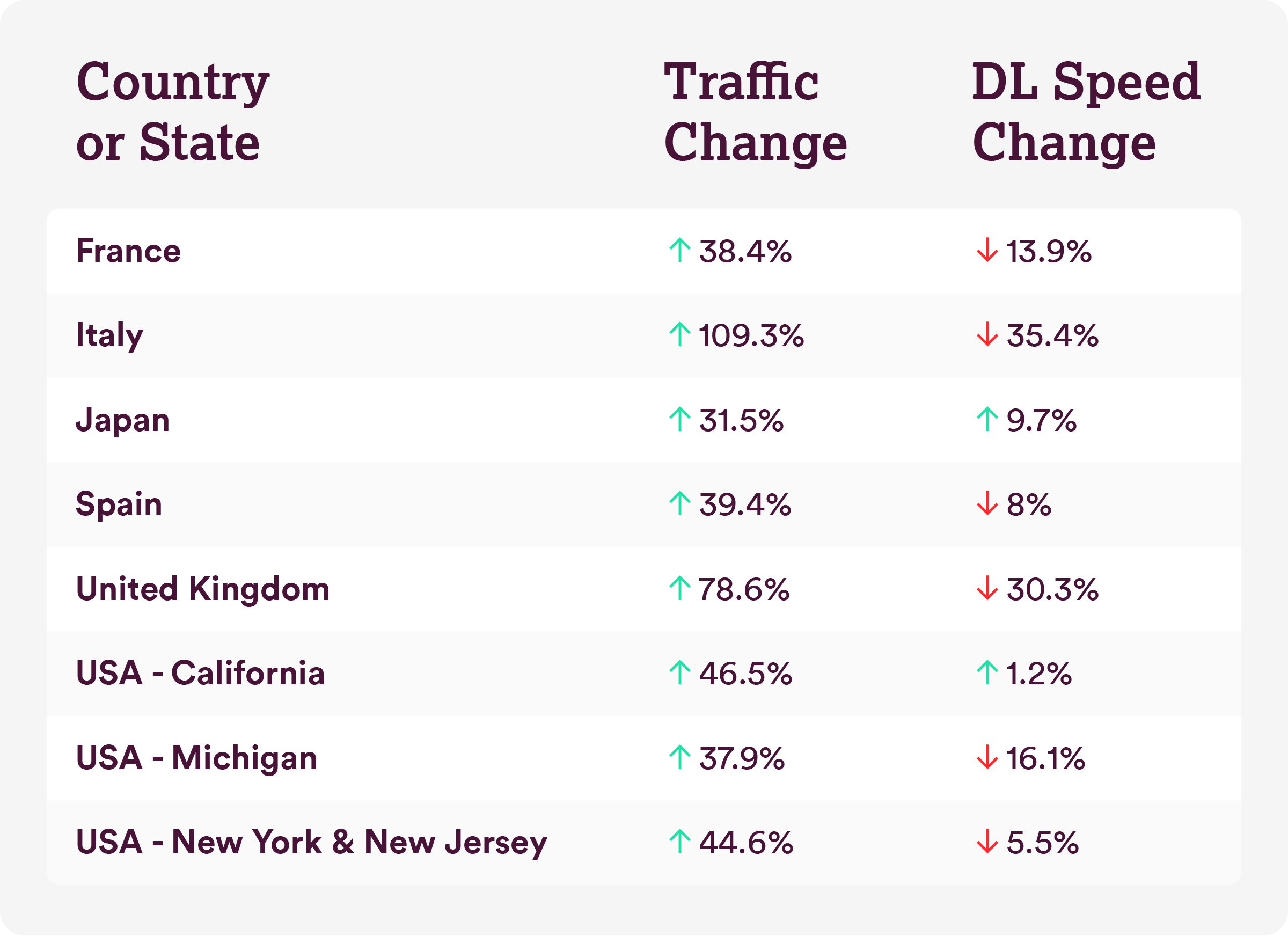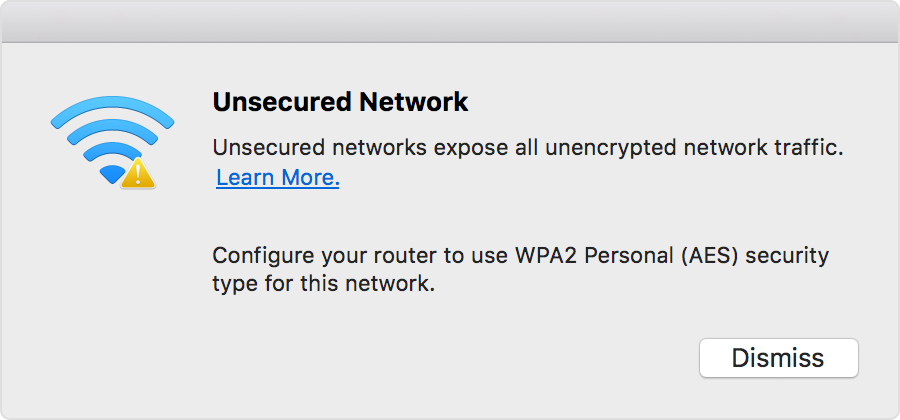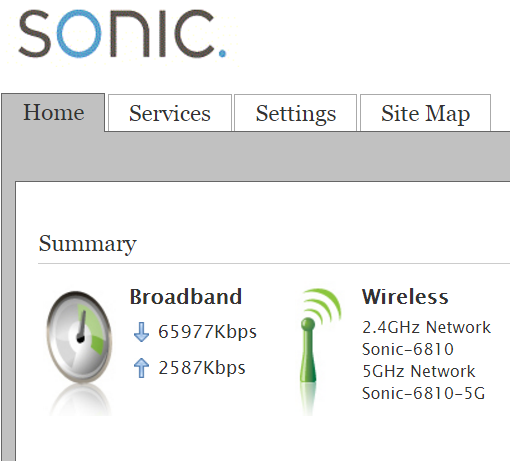- You can test your internet speed to see if you're getting the speeds you were promised. If the test shows a significantly slower speed than you pay your ISP for, there's either a problem with your modem or router or you're using too many devices on your network at once. Take some of the devices off of the network.
- When I play games like GTA5 or call of duty modern warfare it runs perfectly as its supposed to at the first 4-5 minutes. Then the fps suddenly goes down and the game lags then again after 1-2.
- Open the Windows Task Manager. Switch to the 'Network' tab. Under the 'View' tab, change the 'Update Speed' to 'fast'. Then, open the Shaw Speedtest page. Click on its 'GO' button, and immediately switch to the Task Manager window. For me, the speed immediately hits 300 Mb/s, and stays at that speed, even while the SpeedTest's graph 'ramps-up'.
To confirm if wireless interference is the reason for the slow internet connection, connect a computer to Wi-Fi to measure how well it performs. Then, connect the same computer to the wired network and note any changes in performance. If the cable allows for a better connection, then the problem could lie in the wireless connection. Re: Internet drops when using Speed test @jseller, your downstream signal levels aren't terrible. They're a little low across the board with a roll-off at the upper frequencies, but, all still within spec. The signal to noise ratios are ok as are the upstream signal levels.
You're browsing the Web. It's smooth, fast sailing, with pages loading in a snap. Then you start a download -- and what was formerly a fast Internet connection turns into a slower-than-dialup experience. What happened?
Why Web browsing slows down when downloading files
Believe it or not, this is common. If you're like me, you have a fast fiber, DSL or cable modem hookup to the Internet, directly hooked to your computer. You're probably using file sharing applications all the time, as well. This causes terrible Web browsing -- and you can easily figure that out, because as soon as you stop any file sharing applications, Web browsing speed returns back to normal.
The slowdown is caused by the queues at your ISP (or your modem). The ISP limits your Internet speed either at the modem, or at the router assigned to your modem. Since information can't come in as fast as possible, long queues of pending information build up in your router/modem.
The effect? After you click on a link in your Web browser, quite a lot of information (usually, your download) needs to be dispatched before you get to see the new Web page.
The solution: rate-limiting (odd, isn't it?)
Counterintuitive as it may sound, the solution to the queues is to limit the rate at which information reaches your computer, directly on your computer. By using a clever combination of bandwidth limiting and priorization of outbound packages, you can have almost-normal Web browsing speeds, combined with fast downloads.
In other words:
- Anything your computer sends to the Internet will be given priorities, and important information will jump the queue. Sends of acknowledgements and interactive traffic (remote desktops, shells) will get priority.
- If any computer attempts to send data to your computer too quickly, your computer will tell it to slow down. This will avoid the buildup in the queue at your ISP.

Basically, you'll be executing a tradeoff: decreasing latency at the expense of a bit (5% to 10%) of bandwidth, but the cost is certainly worth it.
Now, you may balk because this technique requires you to actually scale back (a bit) your connection speed. Do not -- if you follow through, your effective download speed will go up, because TCP acknowledgements arrive to their destination faster. If you're using BitTorrent (which requires uploading), you'll see a stable, maxed-out, download speed, instead of seeing dips in download speed when uploading.
As usual, the solution is a clever script that does everything for you, instead of you having to do it manually.
The script that solves the speed problem
Further below, you'll find instructions on how to use it.
This is a heavily tuned version of the Wonder Shaper script that roams the Linux advanced routing and traffic control Web site.
Keep reading to find out how to install and use this script on your computer.


How to use the script
To use this script, you need to:

Install it to your computer
Copy the contents to your clipboard, then save it to a file named
rc.wshaperin your/etcdirectory. You may need to do this task as the root user, because the/etcdirectory is off-limits for unprivileged users.Configure it. It's easy to set up.
- The line that starts with
DOWNLINK=should be followed by your download bandwidth in kilobits per second, minus 5% to 10%. For example: if you have a 1000 Kbps link, you should set it between900and950. - The line that starts with
UPLINK=should be followed by your upload speed minus 5% to 10%. - The line that starts with
DEV=should contain the name of your network interface (typicallyeth0-- check your computer's network configuration). Optional: set low- and high-priority ports.
The lines that start with
NOPRIOPORTSRC=andHIPRIOPORTSRC=can contain a quoted list of low- and high-priority ports (whose traffic will take a back seat in the face of regular traffic). The script already ships configured with ports for VNC (as high-priority), BitTorrent, Direct Connect and Gnutella.
- The line that starts with
Set it to run during startup.
In the file named
/etc/rc.localon your computer, add a line that calls this script:Take note: in some Linux variants, the file is named
/etc/rc.d/rc.local.Reboot. Or run the command directly, if you know how to.
How do I know if it's doing anything?
Simple. You call it (with administrative privileges) using the status argument on your favorite terminal program:
As you can deduce from the output of the script, there are four classes:
- 1:10: acknowledgements and interactive traffic (type of service
Minimize-Delay) go here - 1:20: high-priority traffic get classified there
- 1:20: normal traffic goes here
- 1:30: low-priority traffic and bulk traffic (type of service
Maximize-Throughput) goes here, and gets trumped by the first two classes
Lower classes trump higher classes.
You can see how many bytes have been sent in each class, and the speed (rate) at which each class is operating.
How good is it?
Very good.
Internet Speed Starts High Then Drops Low
Obviously, if you're downloading twenty files simultaneously (which is the case with BitTorrent download managers), it won't give you a huge speedup, but you'll notice quite the difference in Web browsing speeds.
Perhaps the biggest speedup will be felt when using remote control applications, such as SSH or VNC.
Flaws in the script?
Yeah :-(. There's no easy way to classify and give priorities to incoming traffic, so only outbound traffic (uploads and the like) is prioritized. If you have a solution to this problem, contact me immediately -- I want to send you a case of beer.
However, the inbound traffic rate is policed by the script. Thus, no queues build up at your ISP, which means that you'll enjoy faster interactivity (Web browsing comes ti mind ;-))

√ Best Answer
1
lotus6191779 days ago
Internet Speed Drops Suddenly
I have had experience of the situation you stated. Do you have Windows 10 and did this problem occur AFTER that Nov update? If so, your problem sounds exactly like mine and hundreds of other people. Apparently Microsoft will have a patch with a fix soon, I hope.
Are you totally sure that you are on the internet, or might you be connected to the modem, but no I-net access. If you use the troubleshooter does it tell you that, ' One or more network settings are missing on this computer'? This occurred after that update in November.
Right now, many people have offered fixes (at the Microsoft forums), but as soon as you know you do not have I-net access (you can find this out by checking the I-net icon in your tray) or, of course, your browser soon tells you.. The icon has a yellow part where there is no color if connected.
I corrected it simply by restarting. It has been perfect since I started doing it, and so long as you did the same thing with success, check the MS forum for the update.
I hope this helps.
- Upvote0
- downvote